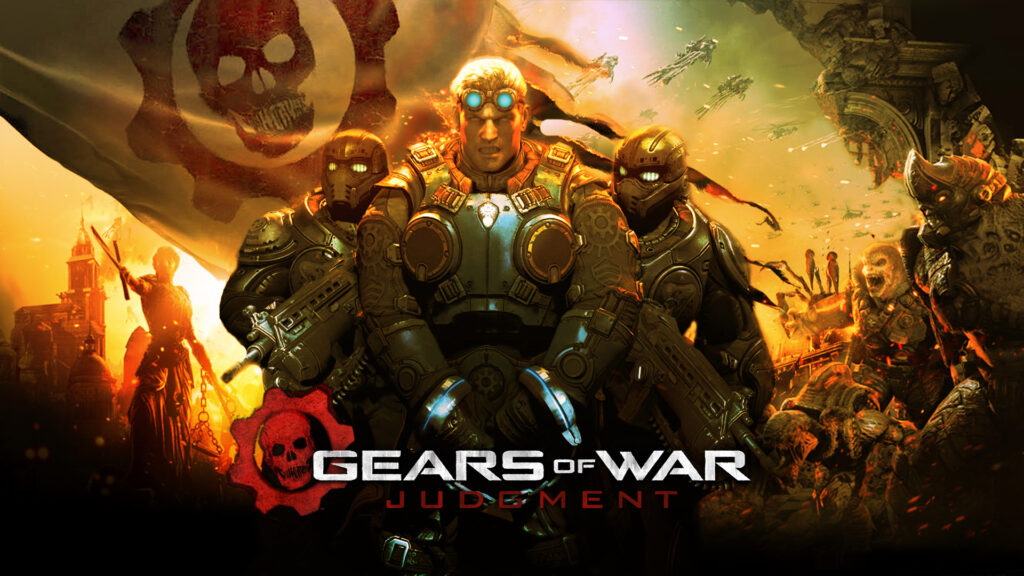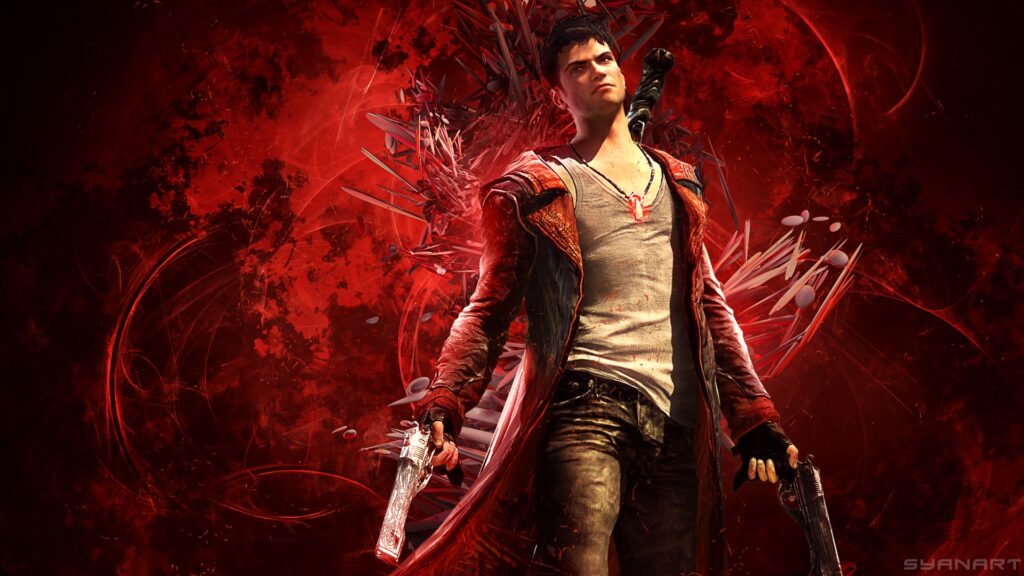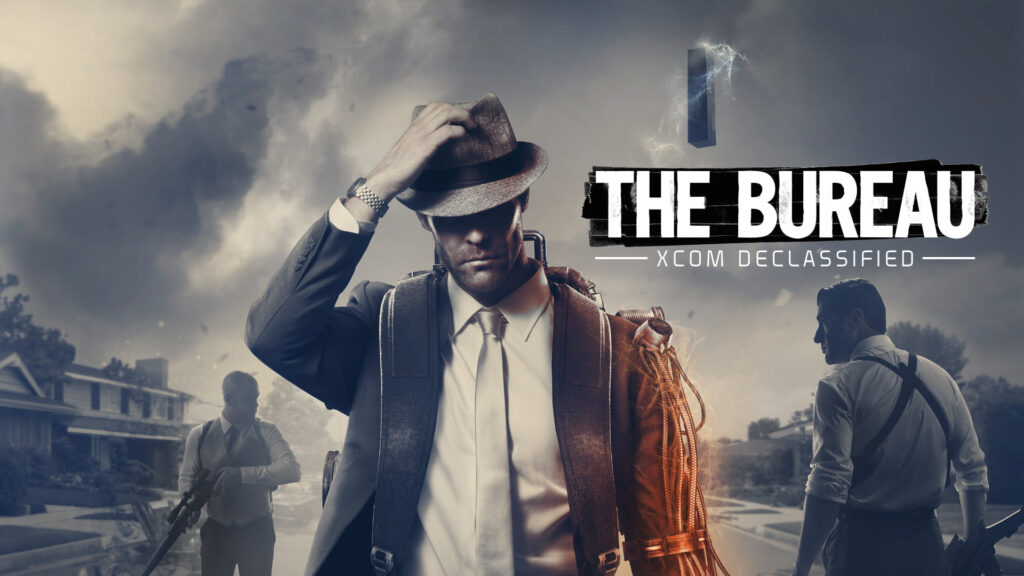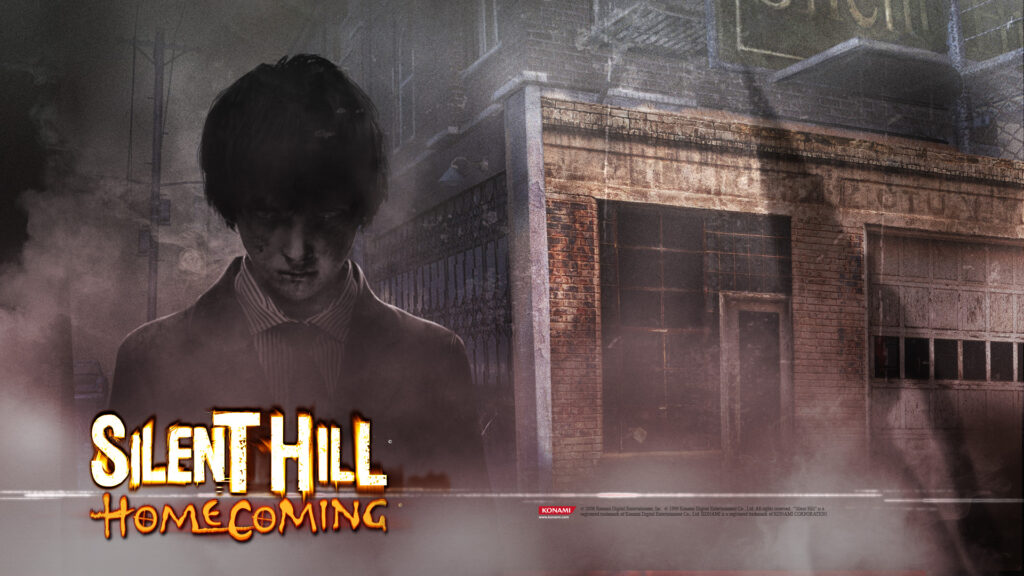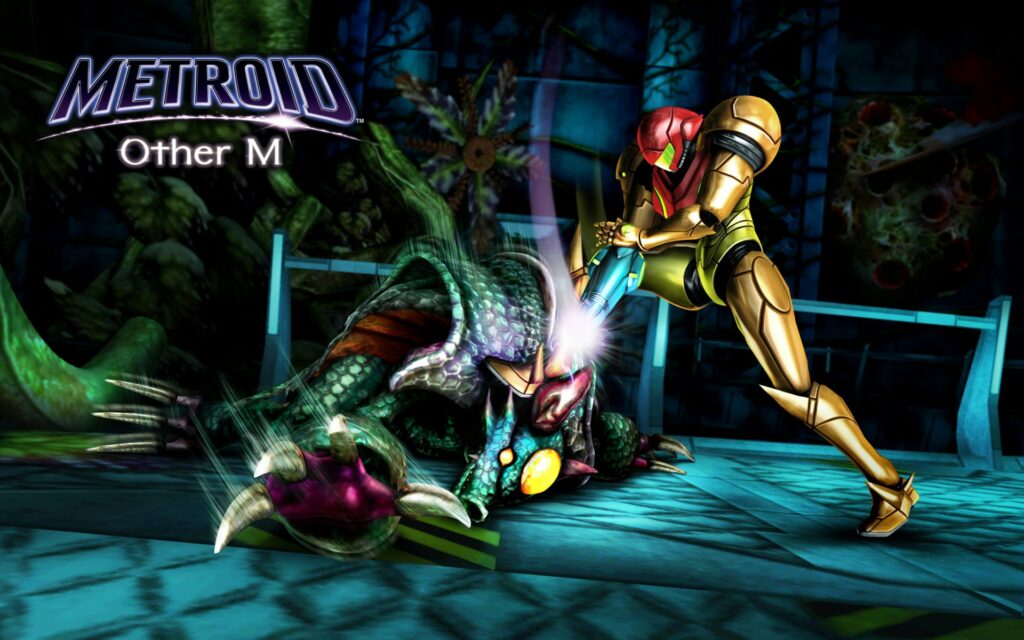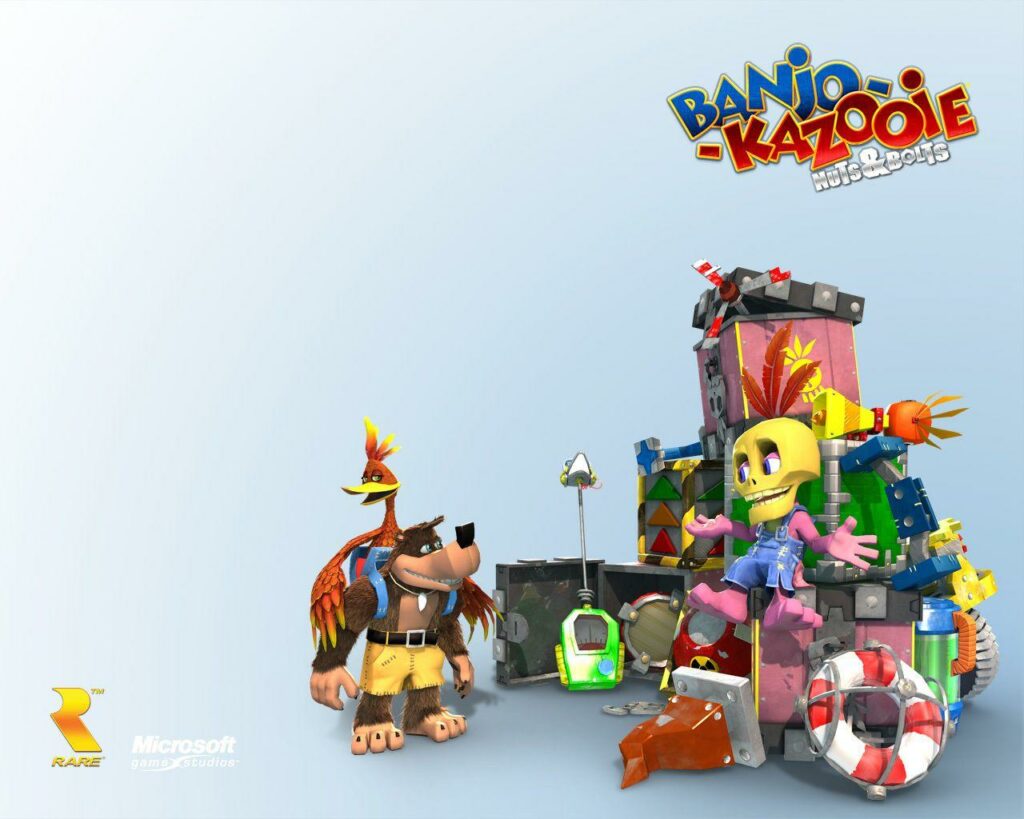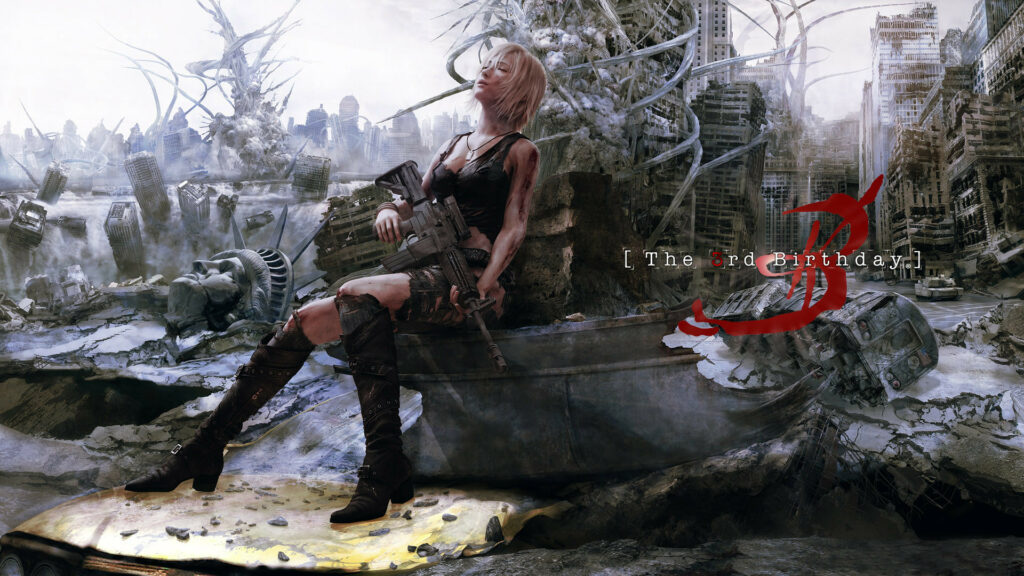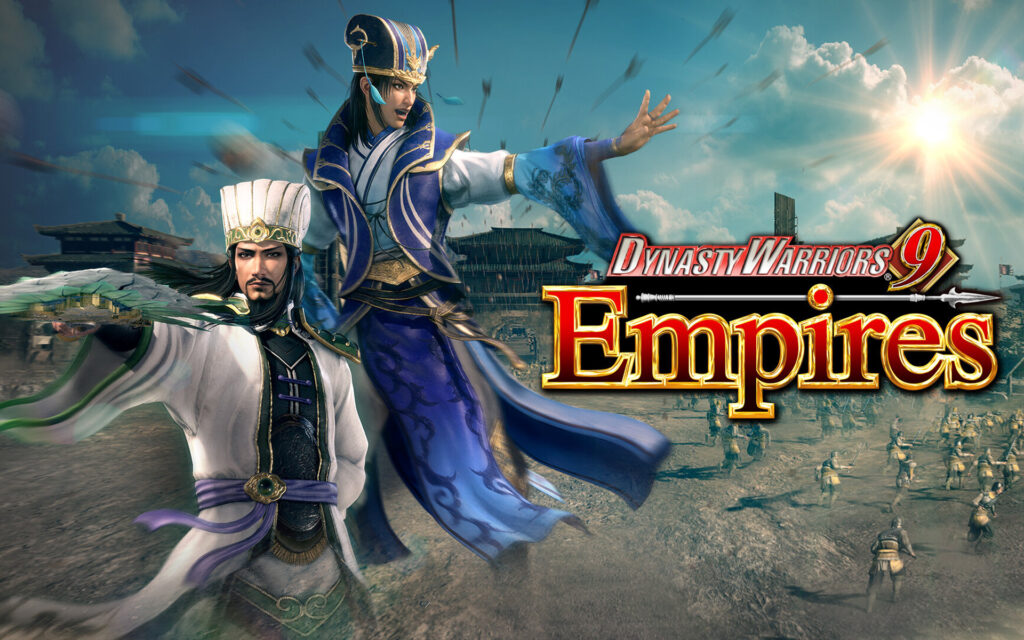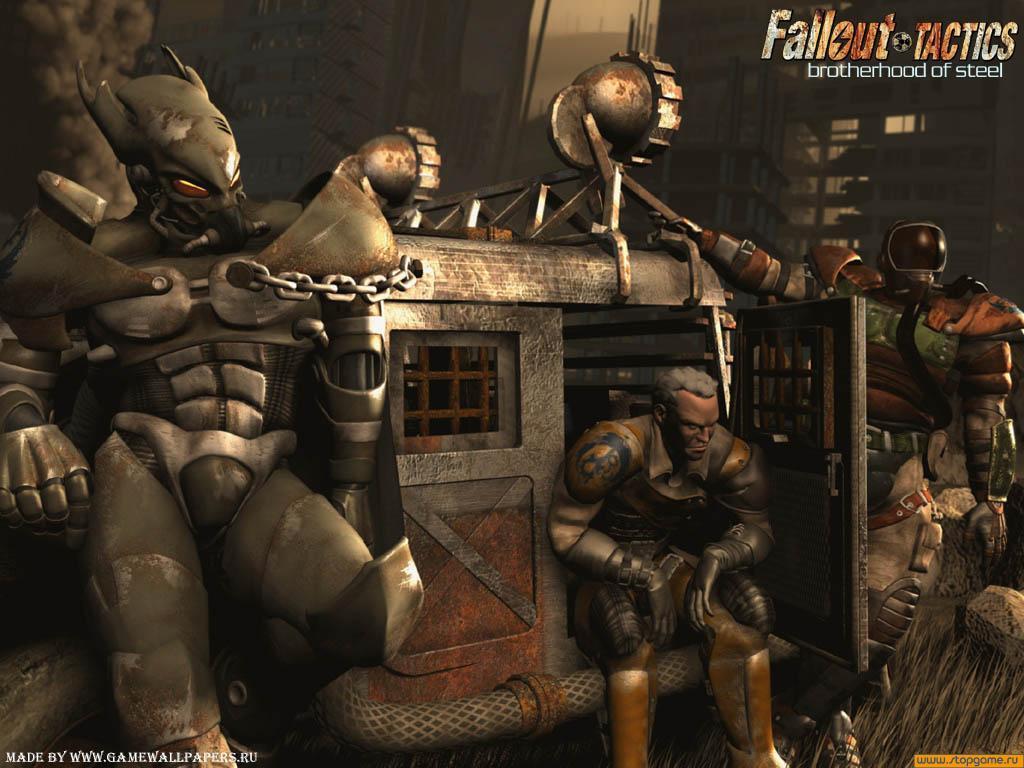In the dynamic world of video games, innovation is often lauded, and change can breathe new life into beloved franchises. However, there are moments when well-intentioned adjustments miss the mark, leading to an eruption of fan discontent. From drastic gameplay alterations to baffling design choices, the realm of gaming has seen its fair share of modifications that have left fans seething. In this exploration, we delve into the top 10 video game changes that ignited a fervent backlash among the gaming community, leaving lasting scars on iconic titles.
10. Gears of War: Judgment
Epic Games’ Gears of War series made a notable impact right from its inception. The series exhibited a distinct formula that resonated well with fans, leading to a consistent and somewhat unchanged gameplay experience throughout its iterations. This familiar approach was met with great enthusiasm by players who found comfort in its established mechanics, making major alterations a risky endeavor. Deviations from the proven formula were often met with resistance from the fanbase due to the successful foundation the series had laid from the outset. Players had cultivated their own preferred playstyles and expectations, which any significant alteration risked disrupting.
One remarkable departure from the series’ established norm was Gears of War: Judgment. Developed by People Can Fly and published by Epic Games, this entry aimed to infuse new dynamics into the gameplay. The movement became faster, weapon switching was streamlined, and carrying certain weapon combinations became restricted. The result was a campaign that embraced a more arcade-style pace, injecting freshness and excitement. However, these changes had mixed effects on the multiplayer aspect, which had been a cornerstone of the Gears of War experience. Some alterations felt arbitrary and changed for the sake of change, ultimately leading to imbalanced new modes that failed to resonate with the player community. This imbalance, coupled with commercial underperformance, highlighted the significance of maintaining the core elements that fans had come to cherish.
While Gears of War: Judgment displayed positive qualities and demonstrated the potential for innovation within the series, it struggled to replicate the seamless integration of mechanics and multiplayer that defined its predecessors. The game’s alterations often felt disconnected from the cohesive experience that players had grown accustomed to, resulting in a multiplayer mode that was perceived as half-baked. While the campaign managed to captivate players with its faster pace and enjoyable gameplay, the game’s legacy is marked by its deviation from the familiar multiplayer mechanics that had helped define the franchise. In the end, Gears of War: Judgment serves as a reminder that even well-established series must carefully balance innovation with the preservation of core mechanics and player expectations.
9. DMC: Devil May Cry
The transition to the seventh console generation proved challenging for the Japanese gaming industry, resulting in struggles for several prominent publishers and franchises. This upheaval was evident in the fate of iconic series like Devil May Cry. After the relatively underwhelming sales of Devil May Cry 4, Capcom took a bold step by entrusting the series to Western developer Team Ninja for a reboot. The intention was to broaden the franchise’s appeal to a wider audience. The resultant game, titled DmC: Devil May Cry, garnered positive reception for its gameplay quality and design. Despite its merits, the game departed significantly from the established essence of the series.
DmC: Devil May Cry presented a notable departure from the gothic and campy atmosphere that characterized the original series. The reboot adopted a more grungy and juvenile aesthetic, which, while appealing to some players, alienated a segment of the fanbase who had grown attached to the series’ distinctive style. Gameplay changes further fueled the divide, with combat being simplified and the omission of a lock-on mechanic altering the core experience. A particularly contentious aspect was the decision to cap the game’s frame rate at 30 FPS, puzzling many considering the game’s graphical complexity. The portrayal of the iconic protagonist, Dante, was also altered, leading to the creation of a distinct “Dante vs Dante” identity that polarized fans.
While DmC: Devil May Cry was well-received by some, its deviations from the series’ norms, coupled with the developers’ mockery of the original games, hindered its success. The reboot’s failure to meet Capcom’s sales projections reflected its inability to resonate deeply with either the established fanbase or a broader audience. Despite its status as a solid game on its own merits, the game’s deviation from the core elements that defined Devil May Cry and the impact of a changing landscape illustrated the challenges of reimagining beloved franchises. The situation highlighted the delicate balance between innovation and maintaining the essence that had endeared the series to its fans, showcasing the importance of understanding a franchise’s identity when attempting to adapt it to new gaming trends.
8. The Bureau: XCOM Declassified
Back in 2010, a project emerged that would later become “The Bureau: XCOM Declassified.”. This game was unveiled before the official XCOM reboot by Firaxis Games was even announced. While bearing some connection to the XCOM universe, “The Bureau” only loosely retained certain thematic elements, such as government agents and alien adversaries. Unlike the renowned XCOM series, which is renowned for its strategic gameplay, “The Bureau” took a stark departure by adopting a third-person shooter format. However, this transition came at the cost of the series’ signature strategic depth and immersive role-playing elements, resulting in a game that felt somewhat like a more intricate Mass Effect installment stripped of its RPG aspects. The divergence from the established XCOM formula proved to be a source of disappointment for fans expecting a continuation of the series’ core principles.
Originally conceived as a first-person shooter with surreal geometric alien enemies, the project underwent significant changes before settling into its third-person shooter incarnation. The initial concept, though far removed from the XCOM identity, seemed more intriguing than the later adaptation that attempted to incorporate XCOM themes. Despite the development process, “The Bureau” was unable to escape its identity crisis and couldn’t find a balance between its own unique potential and the expectations of the XCOM fanbase. Sales figures for the game remain elusive, but it is widely speculated that the title struggled to generate a profit for its publisher, 2K Games. Coupled with predominantly negative reviews, the game’s impact was short-lived, relegating it to the realm of interesting failures within the gaming industry. While not an outright disaster, “The Bureau: XCOM Declassified” stands as a case study of how attempting to graft a beloved franchise’s identity onto a drastically different gameplay style can result in a perplexing and unsatisfying experience.
7. Silent Hill: Homecoming
During the 7th generation of consoles, the trend of outsourcing Japanese-developed games to Western studios was not uncommon. Silent Hill Homecoming was one such example, and while its initial reviews were not overwhelmingly negative, it has since become synonymous with the decline of the beloved Silent Hill series. Developed by Double Helix, the game shifted its focus towards combat, a departure from the atmospheric horror that had characterized previous Silent Hill titles. What sets Homecoming apart is its reliance on elements from the divisive Silent Hill movie, like the incorporation of the pyramid head monster as a transition mechanism into the otherworld. This departure from the series’ established tone and mechanics was not a deliberate choice to innovate, but rather a result of conflicting ideas about what a Silent Hill game should be.
The development of Silent Hill Homecoming seemed to draw inspiration from both the game series and the film adaptations, leading to a blending of ideas that created a somewhat confused final product. It appeared that the developers had absorbed elements from both sources, leading to a mix of concepts that ultimately didn’t coalesce effectively. The game’s atmosphere, a hallmark of the series, suffered as a result, leaving long-time fans disappointed with what felt like a significant regression in many aspects. The inclusion of expanded combat abilities had an unintended consequence: enemy encounters became less terrifying, shifting the game’s focus away from psychological horror and immersion.
Despite some positive aspects such as impressive monster design and a noteworthy soundtrack, Silent Hill Homecoming failed to capture the grotesque and unsettling ambiance that had defined the series’ best entries. The game’s attempt to fuse disparate influences and mechanics left it feeling disjointed and lacking the psychological impact that made earlier games so memorable. Homecoming’s legacy is a stark reminder that a franchise’s identity and core elements are crucial to maintaining its appeal and deviating from them can result in an experience that alienates longtime fans and diminishes the unique essence that made the series special.
6. Metroid Other M
Metroid Other M stands out as a perplexing and misguided sequel that left fans of the beloved series scratching their heads in disappointment. Originating from a franchise that thrived on exploration and atmospheric storytelling, the game took a sharp turn in a direction that contradicted its core essence. Led by Metroid director Yoshio Sakamoto and developed by a collaboration between Nintendo SPD and Team Ninja, known for their work on Ninja Gaiden, the combined talents seemed poised for success. However, what emerged was a jarring departure from the established Metroid formula.
The disconnection between Metroid Other M and its predecessors was evident in almost every aspect of the game. Departing from the exploration-focused gameplay that fans cherished, the title transformed into a cutscene-heavy experience reminiscent of the Metal Gear Solid series. The narrative suffered from an ill-conceived storyline and bland gameplay mechanics, undermining the very elements that had made the series iconic. Unlike prior Metroid entries where Samus’ abilities were earned through discovery and exploration, the game introduced a concept where these powers were authorized by a superior, diminishing the sense of empowerment and accomplishment that defined earlier games.
The frustration with Metroid Other M extended to baffling design choices that contradicted the series’ logic and established norms. The lack of consistency in explaining Samus’ capabilities and the introduction of implausible reasons for her inability to access certain abilities felt out of place. These decisions collectively created a disjointed and confusing gameplay experience that alienated long-time fans. Despite the pedigree of its developers, Metroid Other M’s flaws were glaring, and its misguided direction cast a shadow on a series renowned for its quality. The disappointment and backlash that followed reflected the impact of a sequel that lost sight of its roots and struggled to maintain the essence that defined the franchise.
5. Banjo-Kazooie: Nuts and Bolts
The unexpected shift in direction that the Banjo-Kazooie series took with its Xbox 360 sequel was indeed a perplexing turn for fans and the gaming community. Renowned for its charming 3D platformer collectathon gameplay, the series took an abrupt departure with the sequel, focusing on vehicle construction and problem-solving challenges. In contrast to its predecessors, which had centered on platforming mechanics, this new iteration revolved around designing diverse vehicles to conquer the assortment of obstacles presented by the game. While the concept showcased creativity and clever design, it marked a dramatic departure from the established formula, leaving many fans bewildered by the transformation.
The game’s departure from its platforming roots led to considerable head-scratching among fans. Given its substantial shift in gameplay, some players found it challenging to reconcile this iteration with the series they had grown to love. The abrupt shift left a void for those who had been eagerly anticipating a more traditional follow-up in the form of a third Banjo-Kazooie entry. Though the vehicle-building concept did present its own unique sandbox-style challenges and creative potential, it failed to capture the essence of the original games. This left fans yearning for a return to the cherished platforming mechanics that had defined the franchise and solidified its place in gaming history.
More than a decade has passed since the release of the unconventional sequel, and the absence of a proper follow-up has become a point of contention. With no sign of a traditional Banjo-Kazooie sequel in sight, it’s increasingly doubtful that Rare, the game’s developer, will revisit the franchise’s platforming roots. The legacy of this sequel underscores the complexities that arise when beloved series stray too far from their established formulas, emphasizing the importance of preserving the core gameplay mechanics that resonate deeply with fans and define the series’ identity.
4. The Third Birthday: Parasite Eve
The Parasite Eve series has displayed a notable lack of consistency throughout its various installments. Beginning with the original game, it introduced an intriguing blend of survival horror and RPG elements, offering a unique and captivating experience. The sequel, however, took a different direction by transitioning into a more traditional action horror approach, departing from the established formula. Then, there’s The 3rd Birthday, an entry that defies easy categorization. The game’s storyline delves into realms of incomprehensibility, baffling players with its convoluted narrative. The gameplay, likewise, takes an unconventional twist by introducing a third-person shooter mechanic with the bizarre ability for the protagonist to “bodyjack” nearby humans, enabling strategic swapping between characters mid-mission. This unorthodox gameplay approach, coupled with the confounding story, made The 3rd Birthday a puzzling departure from the recognizable Parasite Eve universe.
Despite its bewildering nature, The 3rd Birthday garnered somewhat positive reviews, perplexingly defying the critical response one might expect from such an unconventional and disjointed experience. This positive reception might be attributed to aspects like innovative gameplay mechanics or certain elements that resonated with a specific audience. However, this critical acclaim didn’t translate into robust sales. The game’s commercial performance remained lackluster, which, combined with the bewildering narrative and gameplay choices, contributed to the series’ eventual decline. As a result, the Parasite Eve franchise has languished without further installments, its fragmented identity and unclear direction possibly contributing to its inability to regain traction or maintain a dedicated fanbase.
Ultimately, the Parasite Eve series is a testament to the complexities of franchise evolution. The radical shifts in gameplay and narrative, exemplified by The 3rd Birthday, showcased the risks of departing too far from established foundations. While some experimentation can yield unique experiences, it can also alienate the fanbase the series had initially cultivated. The departure from the original formula, coupled with the series’ enigmatic progression, ultimately led to the franchise’s stagnation, leaving behind a legacy of inconsistency and missed potential.
3. Dynasty Warriors 9
Dynasty Warriors, a long-standing franchise known for its action-packed battles and repetitive yet engaging gameplay, took a significant misstep with its ninth installment. Up until then, the series had adhered to a well-established formula that, while becoming somewhat stale by 2018, still resonated with its fanbase. The disappointment surrounding Dynasty Warriors 9 was palpable, as the game attempted to rejuvenate itself by embracing an open-world structure. This departure from the norm proved to be a disastrous choice, resulting in a game that failed to capture the essence of its predecessors.
The series had garnered recognition for its finely crafted levels that provided a backdrop for the epic battles the games were known for. However, Dynasty Warriors 9 took a drastic turn by setting the entire experience in vast, empty fields devoid of the intricacies that had defined the franchise’s earlier successes. The decision to opt for an open-world format resulted in an environment that resembled abandoned MMO landscapes, lacking the vibrant design and engaging gameplay that fans had come to expect. The game’s quests were reduced to basic and monotonous tasks, diminishing the sense of purpose and excitement that players had found in previous titles.
One redeeming feature of Dynasty Warriors 9 was the large-scale battles that remained a source of enjoyment amidst the disappointment. These battles managed to retain their allure, showcasing the potential the franchise still possessed. However, the thrill was overshadowed by the inherent drawbacks of the open-world setting. The battles often unfolded in flat and uninspiring terrains, failing to capitalize on the dynamic environments that had been a hallmark of the series. Ultimately, the game’s foray into the open world turned out to be a misguided attempt at revitalization, leaving fans of the franchise yearning for the familiar and more finely-tuned experiences that the previous iterations had delivered.
2. Fallout: Brotherhood of Steel
The original Fallout games, developed by Interplay, earned acclaim for their immersive and reactive worlds, offering players rich role-playing opportunities where they could shape their characters and experiences. However, when the series transitioned to consoles for the first time with Fallout: Brotherhood of Steel, significant departures from the beloved formula disappointed fans. The game shifted from its open-ended structure to a linear one, stripping away the player’s freedom to explore and make meaningful choices. This alteration, in essence, diluted the essence of the Fallout experience.
Fallout: Brotherhood of Steel attempted to cater to a console audience but ended up forsaking many of the elements that had made the series unique. One of the most notable changes was the simplification of gameplay mechanics, turning it into what could be described as a lackluster Diablo clone. The combat lacked the depth and strategy seen in the original games, contributing to an overall weak gameplay experience. Additionally, the environments lacked the intricate design and narrative depth of the previous titles, resulting in a dull and uninspiring world that failed to capture the essence of the Fallout universe.
Perhaps one of the most disappointing aspects for fans was the departure from the open character creation and development that had defined the earlier games. Fallout: Brotherhood of Steel constrained players to pre-made characters, eliminating the sense of agency and role-playing customization that had been central to the series’ appeal. The game’s perceived “dumbing down” of mechanics and storytelling felt like a misguided attempt to cater to a supposedly different console audience. In contrast to other successful console adaptations of PC titles like Baldur’s Gate: Dark Alliance, which managed to offer a distinct yet enjoyable experience, Fallout: Brotherhood of Steel fell short of delivering an engaging adaptation of the beloved franchise.
1. Tony Hawk Ride
By 2009, the Tony Hawk game franchise was at a critical juncture, desperately needing a revival to maintain its relevance and fanbase. Unfortunately, the course of action taken by Activision to rejuvenate the series was far from successful. This misstep was most glaringly represented by “Tony Hawk Ride,” a game that introduced a plastic skateboard peripheral as its central gameplay mechanic. The concept was, in theory, innovative and engaging, but in reality, it was plagued by issues that rendered it virtually unplayable. The skateboard controller’s functionality was challenging even under optimal circumstances, and its propensity to break compounded players’ frustrations. This ill-conceived gimmick, far from enhancing the Tony Hawk experience, only served to alienate fans and critics alike, leading to overwhelmingly negative reviews and dismal sales figures.
The shortcomings of “Tony Hawk Ride” underscored the disconnection between the franchise’s essence and the ill-fated peripheral experiment. The misjudgment was particularly evident when comparing the game’s reception to that of the successful Wii Fit. The two experiences were fundamentally different, and attempting to integrate such a radical physical element into a series that thrived on traditional controller-based gameplay proved disastrous. The Tony Hawk series, renowned for its high-energy and intricate skateboarding mechanics, was forced into an uncomfortable and unwieldy mold that contradicted the core gameplay principles fans had come to cherish.
The subsequent attempt to return to the classic formula with “Tony Hawk’s Pro Skater 5” did little to redeem the franchise. Despite aiming to recapture the essence of the original games, the execution fell short due to a lack of understanding from the development team. The end result was a game that struggled to capture the magic of its predecessors, feeling disjointed and subpar in comparison. In this challenging context, the release of the Pro Skater 1 and 2 remakes was a breath of fresh air, finally providing the long-suffering fanbase with a revitalized taste of what they loved about the series. While these remakes may potentially mark the franchise’s swan song, they offer a poignant reminder of the highs and lows that Tony Hawk’s legacy has traversed over the years.
Conclusion
While change is an inevitable aspect of the video game landscape, developers have learned firsthand that not all modifications resonate positively with their fanbase. The gaming community’s passion is unparalleled, and their reactions, whether praise or protest, wield significant influence. As titles continue to evolve and innovate, game creators must tread the line between revitalization and preservation with care. Ultimately, these 10 instances of fan backlash serve as potent reminders that a deep understanding of a game’s essence and the desires of its dedicated community should always be at the heart of any transformation.




















![[AnimeKayo] Disastrous Video Games of 2023](https://animekayo.com/wp-content/uploads/2024/01/AnimeKayo-Disastrous-Video-Games-of-2023-360x180.webp)






![[AnimeKayo] Assassin's Creed Mirage](https://animekayo.com/wp-content/uploads/2023/07/AnimeKayo-Assassins-Creed-Mirage-360x180.webp)





